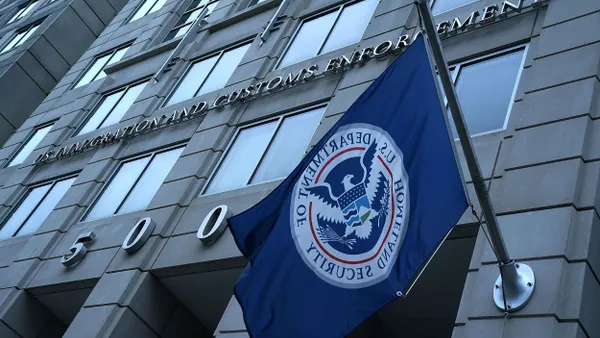Dive Brief:
- More school districts are grappling with insolvency, exacerbated in districts that decided to spend pandemic federal aid on recurring expenses or didn't scale back their budgets in preparation for the aid's end, say education finance experts.
- As that aid dries up, other factors like enrollment declines are also constraining finances, they say.
- As a result, districts are facing increased involvement from their counties and states, ranging from financial monitoring to takeovers. In rarer cases, districts may even announce bankruptcy or consider mergers with other districts.
Dive Insight:
The K-12 sector has faced a negative financial outlook since at least last year, according to multiple analyses by Moody's Ratings.
At the time of its December 2024 report, Moody's said slowing revenue, rising costs and student enrollment pressures all contributed to the negative outlook.
"As hard as it is for districts going through this, it was completely foreseeable," said Michael Petrilli, president of the Thomas B. Fordham Institute. "I think districts only have themselves to blame if they did not prepare for this eventuality."
Since at least 2022, Marguerite Roza, director of Georgetown University’s Edunomics Lab, has warned that districts will face financial shock beginning around the 2024-25 school year. Leading up to districts' increased insolvency today, Roza and others observed districts laying off staff, cutting programs like arts and music, and compromising summer enrichment programs in preparation for the budget roller coaster.
Districts that didn't — and still some of those that did — are now finding themselves in a bind, said Petrilli and Roza.
"They put all those federal relief funds into the system and then stopped them," Roza told K-12 Dive in July. "I mean, a lot of them had negotiated higher pay, hired a bunch of people, signed labor contracts for things they could not afford. And now the money is gone."
Tight budgets were expected to ease up around the 2025-26 school year. However, that hasn't been the case everywhere.
In California, for example, more districts joined the shortlist of those facing insolvency, according to the state's Fiscal Crisis and Management Assistance Team, a state agency that monitors California districts’ finances to prevent insolvency.
Districts in other states including Washington, Missouri and West Virginia are also in similar situations.












